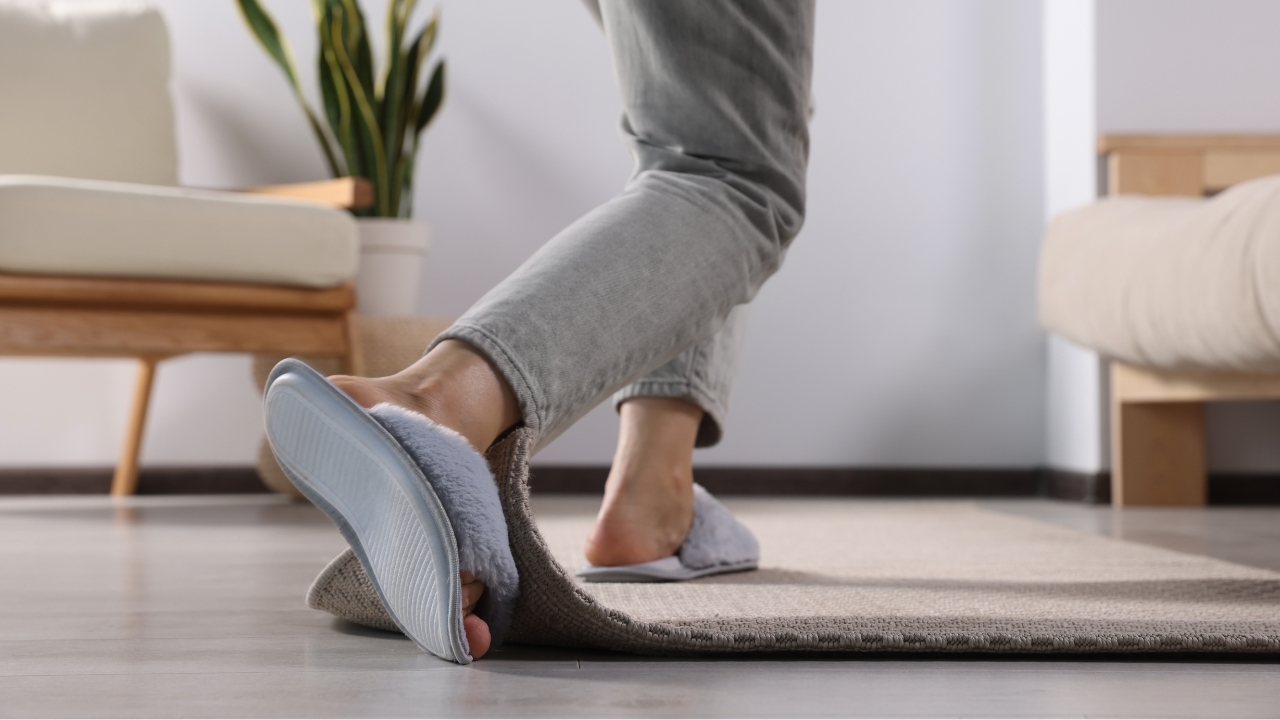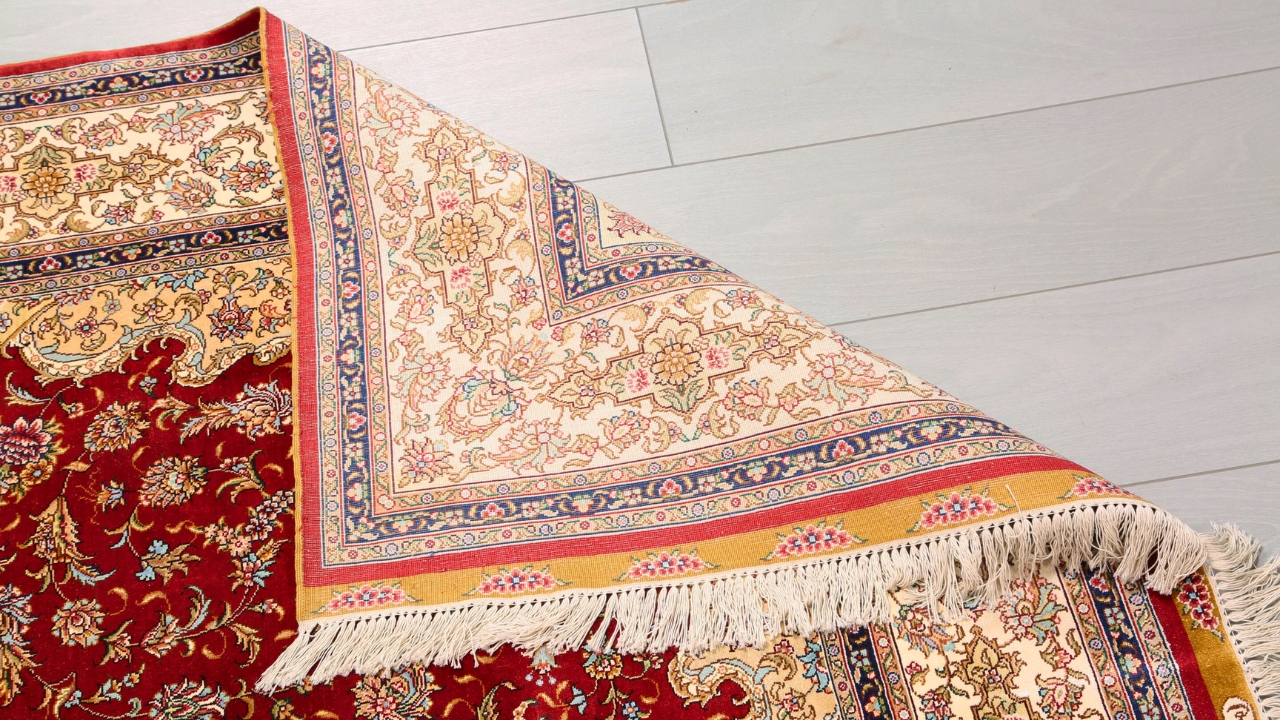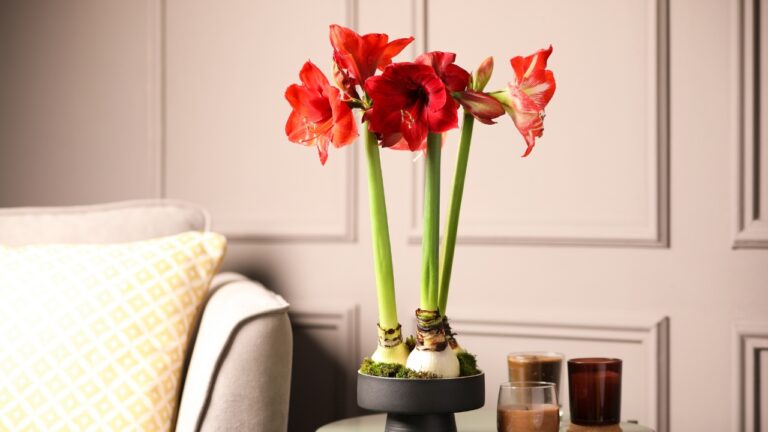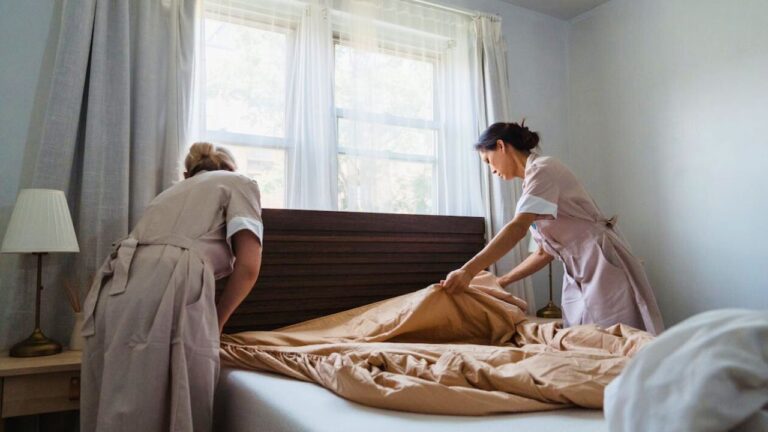Your $1,000 rug is being dragged down by a $10 mistake
You can spend all the money you want on a rug—but if it’s sliding, rippling, or curling at the edges, it won’t look like it belongs. The mistake most people make? Skipping a proper rug pad or using the wrong one. That $10 “non-slip” mesh pad from the discount aisle might seem like a smart buy, but it’s quietly undoing everything you loved about your rug in the first place.
The truth is, a rug pad isn’t optional. It’s what gives your rug structure, keeps it flat, and protects it from wear. Without it, even the nicest rug starts to look tired way too soon.
The wrong rug pad can ruin your floors
Cheap rug pads often use materials that stick to floors instead of supporting them. Over time, the plastic or rubber backing can react with certain finishes, especially on hardwood, leaving permanent marks or dull spots. It’s one of those hidden problems you don’t notice until you move the rug and realize the damage is done.
High-quality felt or natural rubber pads don’t do that—they grip without sticking and let air circulate underneath. That airflow prevents moisture buildup, which also keeps your floors from warping or mildewing in humid weather.
Your rug needs stability, not grip alone
Those thin, grippy pads might keep your rug from sliding, but they don’t stop it from stretching or bunching. Rugs move naturally with foot traffic, vacuuming, and even humidity changes. When they don’t have support underneath, the fibers shift and the weave loosens. That’s when you start seeing those annoying ripples or corners that won’t stay down.
A thick felt pad gives your rug a firm, stable base. It keeps it in place without stretching it out—and it adds a subtle layer of cushion that makes it feel higher quality underfoot.
Cheap pads make rugs look cheaper

You can tell when a rug doesn’t have proper support. It slides slightly when you step on it, or the edges curl up and never flatten again. That movement makes the rug look thin and flimsy, even if it’s expensive. Once you see it, you can’t unsee it.
Adding a quality pad makes your rug sit flush with the floor, giving it that crisp, anchored look you see in designer spaces. It’s the same rug—but now it looks intentional instead of temporary.
A good rug pad protects the investment you already made
If you’ve spent real money on a rug, especially one with natural fibers like wool or jute, you need something underneath that protects it from friction. Every step grinds dirt and dust into the underside of the rug, slowly wearing it out. A pad acts like a shock absorber, taking the pressure off the weave and extending the rug’s life.
Even synthetic rugs benefit from that extra layer—it helps them hold shape and keeps them from looking worn before their time.
How to choose the right rug pad

If your rug sits on hardwood or tile, look for a felt-and-rubber combo pad. The felt gives thickness and structure, while the rubber keeps it from slipping. On carpet, you can skip the rubber and use a firm felt pad to keep the rug from buckling.
Size matters, too. The pad should be about one inch smaller than your rug on all sides, so the edges sit flat and the pad doesn’t peek out.
The difference is immediate
Once you put a good rug pad down, the rug looks heavier, flatter, and cleaner. It won’t shift when you walk across it, and vacuuming becomes easier because the surface stays taut. The feel underfoot changes too—it’s cushioned without being bouncy, the way a properly installed carpet feels.
It’s one of those upgrades you don’t realize you needed until you see the before and after side by side.
The $10 mistake that costs you hundreds
People skip the rug pad because they think it’s unnecessary, or they settle for the cheapest one available. But that mistake can shorten the life of your rug, damage your floors, and make your whole room look off-balance. Spending a little more on a quality pad actually protects the $1,000 investment you’ve already made.
So before you replace that rug or blame it for looking worn, check what’s under it. You might find that fixing a $10 mistake is all it takes to make your entire space feel more expensive again.
Like Fix It Homestead’s content? Be sure to follow us.
- I made Joanna Gaines’s Friendsgiving casserole and here is what I would keep
- Pump Shotguns That Jam the Moment You Actually Need Them
- The First 5 Things Guests Notice About Your Living Room at Christmas
- What Caliber Works Best for Groundhogs, Armadillos, and Other Digging Pests?
- Rifles worth keeping by the back door on any rural property
*This article was developed with AI-powered tools and has been carefully reviewed by our editors.







